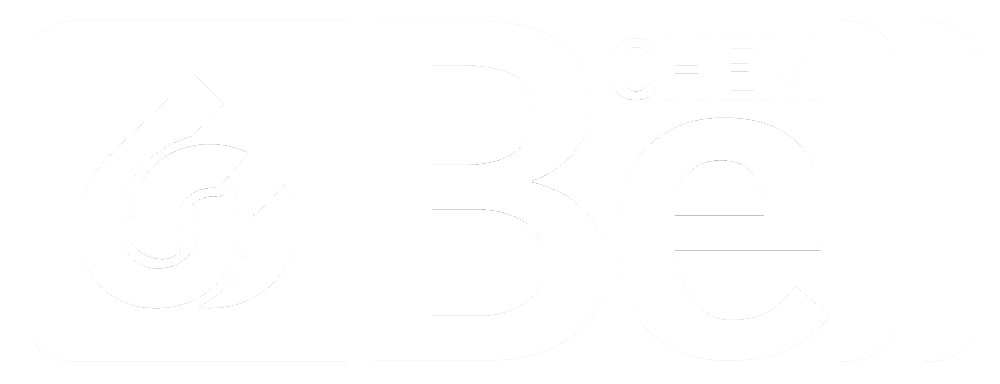Different Types of Sugars Used in the Food Industry
When most consumers picture sugar, their instinct is to envision table sugar, or sucrose. However, sucrose is only one small part of the picture. In fact, sugar has 4 main categories (simple and complex sugars) and sub-varieties to fulfill every niche in the food industry. Food ingredient supplier Bell Chem wants you to recognize sugar in its multiple forms to give you the most knowledge when you order your supplies from us.
But first, why do manufacturers add sugar as an ingredient? Surprisingly, sugar has more impact than mere sweetness. Sugar acts as a thickener, especially when paired with pectin. It also controls the boiling and freezing points of specific foods, which aids in searing and crystallization, respectively. When sugar binds with water, it prevents microbial growth. Sugar also enhances taste by countering the bitterness of other ingredients. It changes the aromas of some foods and creates a different mouthfeel to still other foods.
The four broad categories of sugars are below.
Glucose
Any carbohydrates consumed are broken down into glucose, the human body’s natural fuel. Glucose feeds the cells, energizing every body function. Plants also rely more heavily on glucose than any other natural sugar. Within this category, there are two types of sugar:
Maltose: Two bonded glucose molecules create maltose. Maltose naturally occurs when carbohydrates are broken down, such as when grains break down complex carbohydrates as they sprout (sprouted grains).
Galactose: Take the chemical elements within glucose, rearrange them, and galactose may be the new creation. Galactose naturally occurs in avocados and dairy products, among many other foods.
Fructose
Fruits, honey, and root vegetables contain fructose as their sweetest sugar. The most renowned instance of fructose is as an ingredient in high-fructose corn syrup, which consists of fructose, dextrose, and scant amounts of oligosaccharides.
Lactose
Mammalian milk contains enough lactose to meet the needs of growing offspring. Lactose is composed of glucose and galactose to meet those needs. The latter produces lactic acid, which aids in fermentation’s chemical breakdown in the process of cheese- and yogurt making.
Sucrose
The similar chemical properties of sucrose and glucose make this sugar easily digestible. In fact, sucrose is an equal measure of glucose and fructose molecules. The main source of sucrose in food industries is sugarcane or sugar beets.
Bell Chem is your food ingredient supplier based in Longwood, FL (just north of Orlando) with hundreds of products stocked in their 50,000+ square-foot warehouse, including a variety of sugars. You can expect the highest quality products, expedited shipping options for maximum efficiency, and unrivaled personalized customer service. Let our knowledgeable and friendly customer service representatives and accounting staff personalize all your needs by either calling 407-339-BELL (2355) or by sending us a message.

